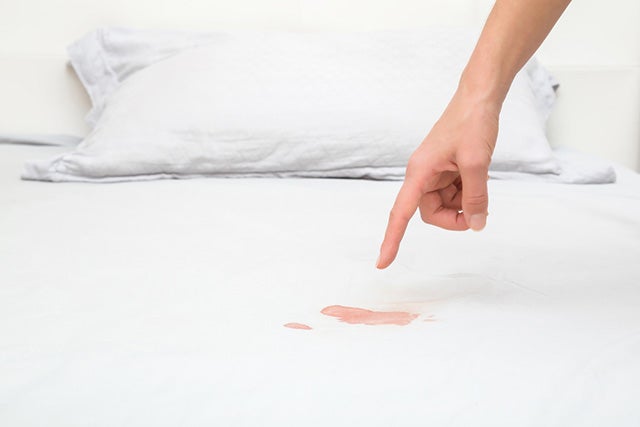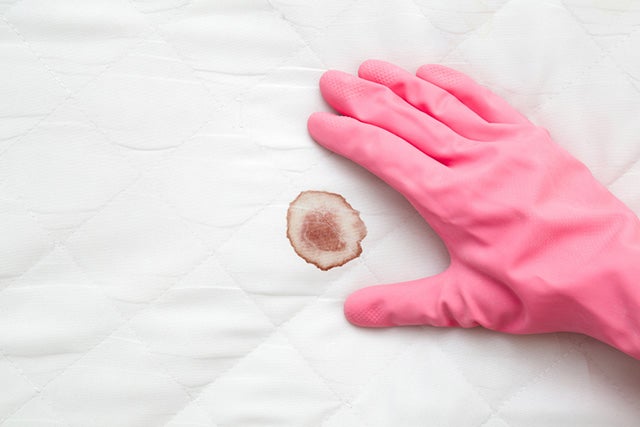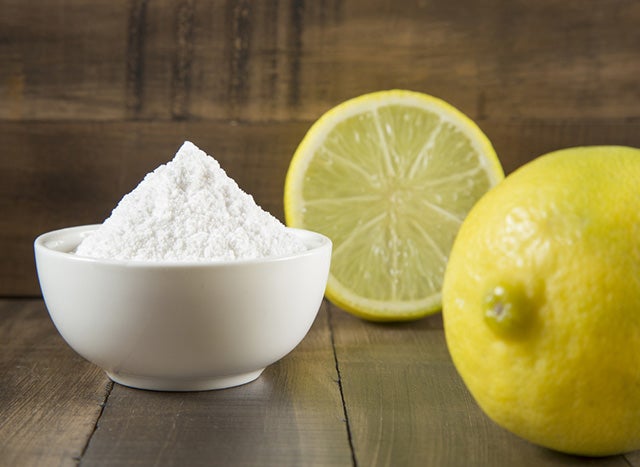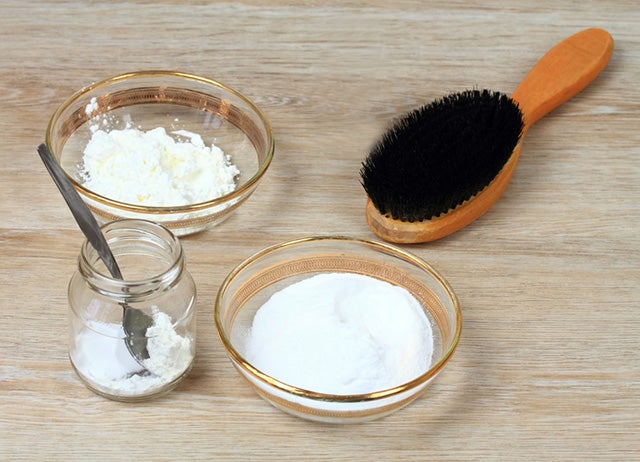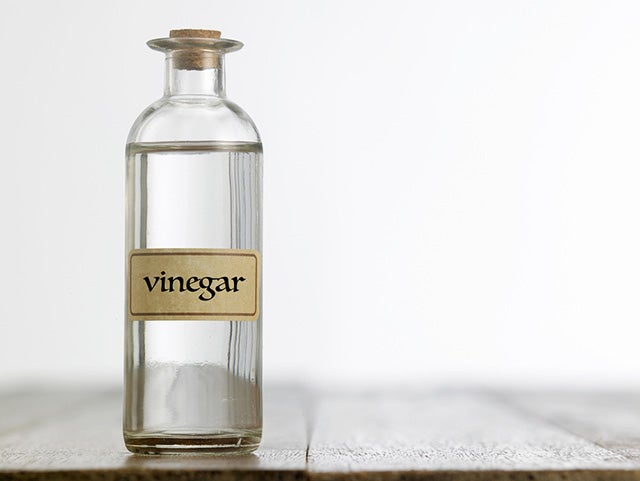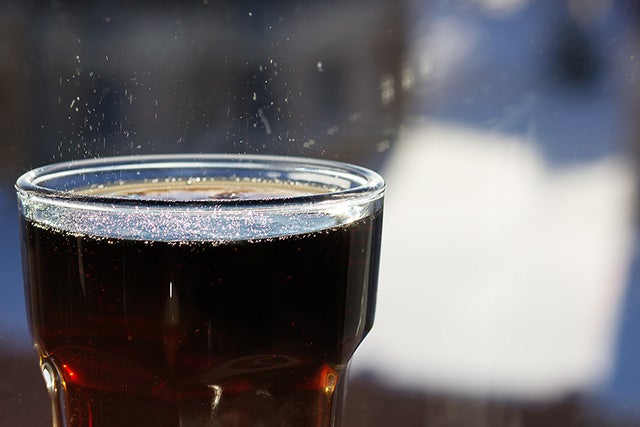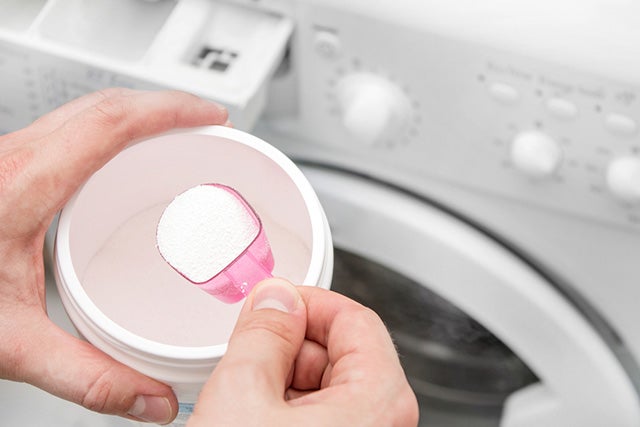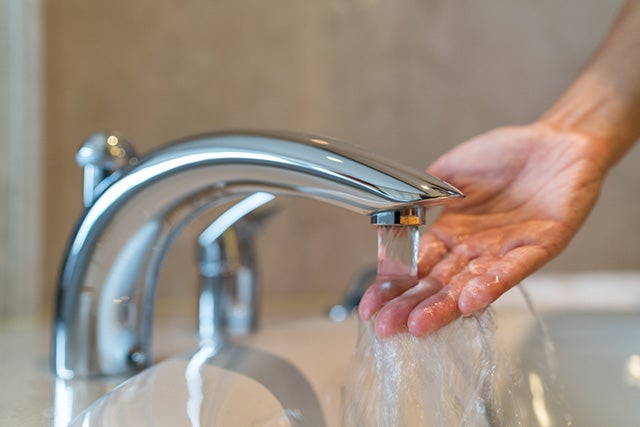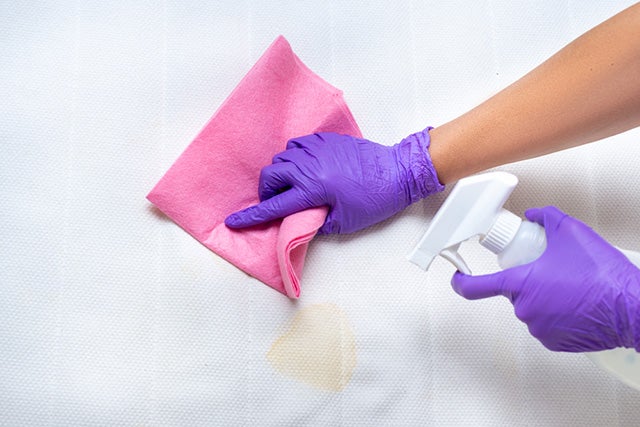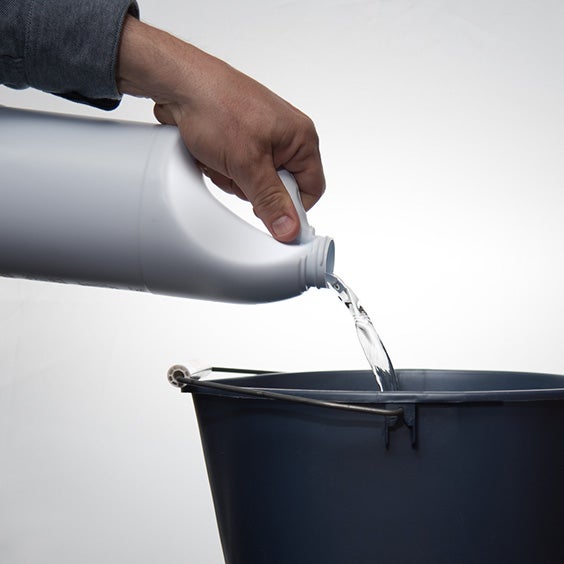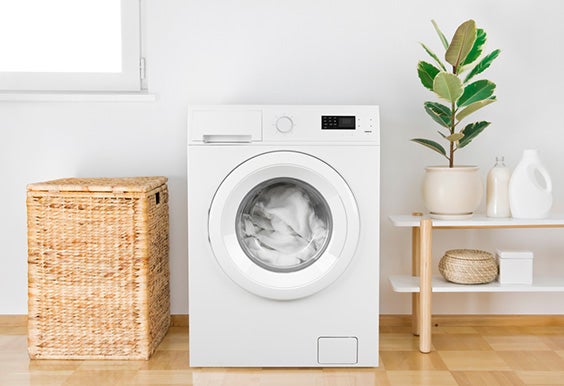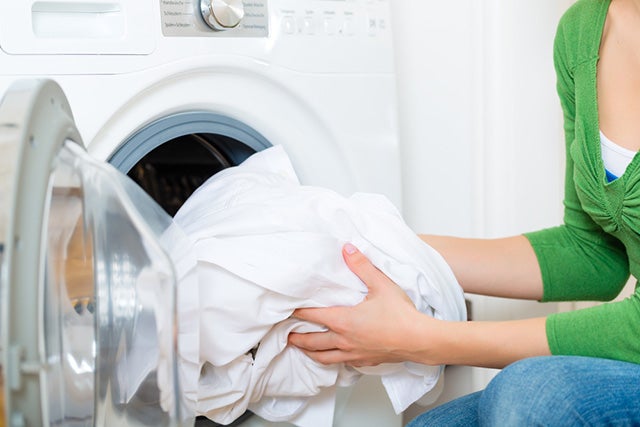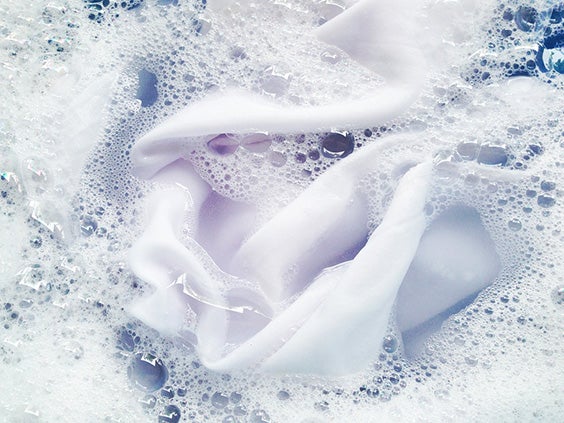The occurrence of blood on your bed sheets is a common experience to encounter. Whether it’s a nosebleed at night, an injury that went unnoticed, or your time of month crept up on you while you were sleeping, blood finds its way to stain your sheets.
The worst experience of all is when the sheets are white or light in color. Then the stain becomes obvious to everyone who sees the sheet and can make it unusable if you don’t clean it off. Fortunately, there is a way to clean out blood stains, big and small, from your sheets.
You might want to read: Sleeping on Your Period
Types of Stains
There are two stains which you can encounter, fresh stains and dried stains. While fresh stains are easier to clean from your sheets, as well as to find, there are some stains which can get away from you. These become dried stains and they are slightly trickier to remove. We’ll be discussing how to remove each of these stains in depth, so you’re ready for any kind of stain, new or old.
Stain Remover Options
Before we get into the actual cleaning process, there is one thing to get out of the way- stain removers. No matter the type of stain, you’re always going to be using a stain remover of some sort. Sometimes, the stain remover you used last time won’t work so well this time around, so it’s best to have a collection of alternative stain removers in mind before you start cleaning.
We’ll start off with home remedies that you can find sitting in your kitchen cabinets to other commercial solutions you can stash up on for these certain emergencies.
— Baking Soda + Lemon Juice
The first solution is a combination of baking soda and lemon juice. With a slightly acidic reaction, this mixture can soften and remove the staining embedded in the fibers of your sheet. If you use home remedies often for cleaning, you’ll find that baking soda and lemon juice are used often for many sticky situations.
For the best results, mix 2/3 of lemon juice with 1/3 of baking soda to create a liquid solution. If you’re trying to make a paste, then use less lemon juice. Dab this mixture over the bloodstain without rubbing it. Let the sheet sit for 10 – 15 minutes before rinsing it out.
— Baking Soda + Cornstarch
Once again, you’ll find baking soda coming to the rescue with a new partner, this time cornstarch. Using cornstarch is a much better way to create a thick cleaning paste instead of lemon juice. This application procedure is slightly different from the previous one.
In cold water, mix one tablespoon of baking soda and cornstarch until you’ve got a thick paste. Place your paste over the affected area and dab lightly. Once you have an even application, be sure to set your sheet outside under the sun to dry out. DO NOT wash off the paste before you set it out to dry.
Once the paste has dried up and has been on the stain longer than 30 minutes, you can take it off. (Simply scrape it away or wash it off) Keep repeating this process if the stain persists.
— White Vinegar
Vinegar is another common cleaning agent with its power being its acidity. It helps dissolve stains, making them weaker and easier to clean right off.
You can use white vinegar to make a paste with baking soda or use it on its own. If you’re going to make a paste, then use the same procedure as you would with baking soda and cornstarch. (You can avoid adding water to the mixture since this can make the solution too runny). If you’re using vinegar on its own, then pour it over the stained area directly and soak the blood stain in vinegar for about 30 minutes.
Be sure to rinse the sheet afterwards since you don’t want to sleep on a smelly sheet.
— Cola or Club Soda
An interesting cleaning solution for blood stains is Coke or club soda. While these beverages would usually be considered stains themselves, they can help make a problematic blood stain easier to clean.
For cola, what you want to do is soak the sheet in it for a couple of hours. If your sheets are pure white, however, then this method is not recommended since there will be a light caramel stain from where the sheet was soaked. The acidic chemicals found within cola will attack and weaken the blood stain until it’s ready to come off in the wash.
For club soda, you don’t want to soak the sheet, simply pour it over the stain. The reaction you should get is the club soda fizzing up on contact with the blood stain. Allow it to do so until it cools itself down, and then blot the stain with a towel or cloth until you start to see the stain coming off.
— Bleach
If you’ve gotten a blood stain on pure white sheets, bleach is the immediate answer that should come to mind. Other methods might leave some sort of coloration or stain on the sheets, even if you do manage to remove the blood stain.
With bleach, create a solution (four tablespoons of bleach and ¼ cup of cold water) since you never want to directly apply bleach to anything. It’ll damage and dissolve your sheets if you don’t dilute it first. Allow the stained section of your sheet to soak in this solution for 30 to 45 minutes before you rinse it.
How to Remove Fresh Stains from Sheets
As mentioned earlier, fresh stains are easier to clean, but this doesn’t mean you can take your time in cleaning them. Blood can clot, clump, and leave marks very quickly, and there will even be a smell coming from the stain for a while. Getting rid of it as quickly as possible is the best approach, no matter the situation.
Step 1: Cold Water
Always trust and use cold water when you’re cleaning out a blood stain. Warm water will encourage the blood stain to spread rather than constrict it to the already affected area. Running the stain under cold water immediately will remove any excess blood still present on the surface and stop the stain from getting any darker.
Step 2: Dab or Spot-Clean the Stain
To further remove any blood which hasn’t yet set in, take a wet cloth, or towel and dab the sheet only. You don’t want to rub the stain as this will only spread the blood as well as stain and increase the damaged area. Don’t expect anything to come off properly yet.
Step 3: Soak Sheets in Cold Water
Now it’s time for a pleasant soak. You want to submerge the stained area in cold water only so that it stays on the level surface and doesn’t set into your sheet. This makes it easier and quicker to clean the sheet afterwards. Let your sheet soak in water for at least 30 minutes, longer if the stain is large and bold.
Step 4: Use a Stain Remover
Next, it’s time to use one of the stain removers mentioned before. Be sure to follow the procedure outlined to ensure that the stain gets removed the best it can. Remember, if you’re cleaning a pure white sheet, then use bleach as this is the best method to prevent any additional staining. If you have a colored or patterned sheet, then avoid bleach as this will ruin the design of the overall sheet.
Step 5: Machine-Wash Your Sheets
Once you have used your own stain remover method, it’s time to machine wash the sheet. Make sure to do this in cold water once with a gentle detergent. Always follow the instructions given for your sheets, even if you’re dealing with a blood stain. Preferably, don’t wash it with anything else, especially anything white to prevent additional staining of other items. If you have to wash it in a load, then make sure to do it with similar colors.
Step 6: Air-Dry Your Sheets
Finally, for the best, crisp results after the long haul, let your sheet air-dry. Even if there is a slight remainder of a stain, you don’t want to place your sheet in the dryer. This will only let it set more and won’t give you the chance to wash it out later.
How to Remove Dried Stains from Sheets
Dried stains are much harder to wash out since they have been allowed to properly set into the fabric, but it’s not impossible. There is a lot of rigorous cleaning and dedication required, yes, but the stain can come out.
Step 1: Soak Sheets in Cold Water Overnight
Just like with fresh sheets, your best friend during this procedure is going to be cold water, not hot or warm water. Even if the stain is old, you don’t want to humor the idea of the stain setting in more. You’re going to soak the sheet overnight in cold water, letting the water loosen up the stain and make it vulnerable.
Step 2: Spot-Clean with Stain Remover
The next step is to spot-clean the stain with any of the given stain removers mentioned above. Be sure to follow the given procedure for best results.
Step 3: Machine-Wash Your Sheets
Finally, run your sheet through the machine wash. Make sure the detergent is gentle, wash it alone or with colors, and the water is cold.
Air-dry the sheet rather than place it in the dryer so you don’t entertain the blood stain setting in anymore than it has already done.
The Verdict on Removing Blood Stains
And with that, you’ve washed your blood-stained sheet for a fresh, clean one! If you found this article helpful, then be sure to share it with others who are having a hard time getting the stains out of their sheets. If you have your own stain remover recipes, you’d like to share with us and other readers, leave a comment down below!
Photo credit: FotoDuets/Shutterstock; Luis Echeverri Urrea/Shutterstock;
iva/Shutterstock; focal point/Shutterstock;
Tikhonova Yana/Shutterstock; Daniel Krason/Shutterstock;
Maridav/Shutterstock; mdbilde/Shutterstock;
Jim Gimpel Photography/Shutterstock; Didecs/Shutterstock;
Kzenon/Shutterstock; Bowonpat Sakaew/Shutterstock;
FotoDuets/Shutterstock
